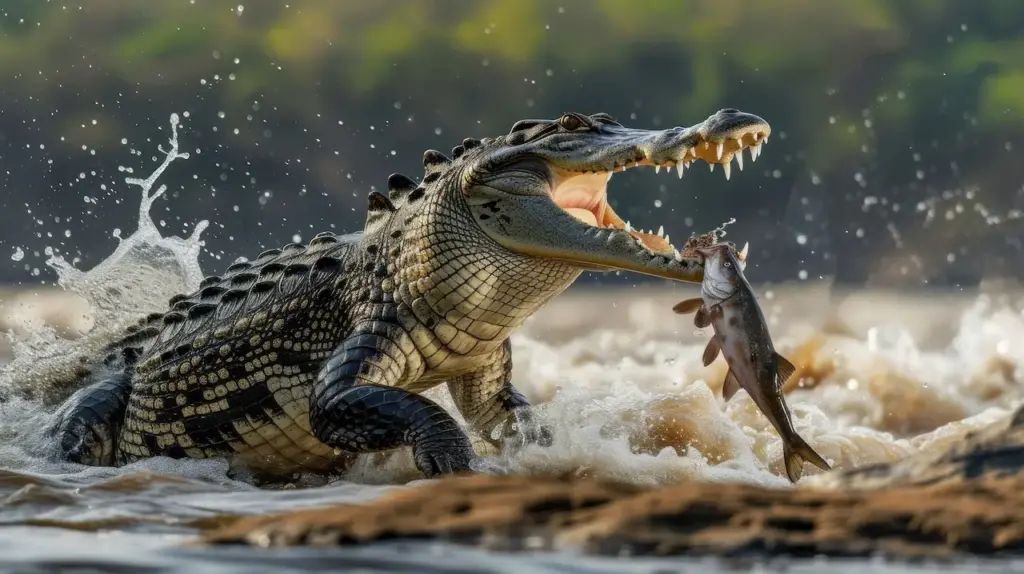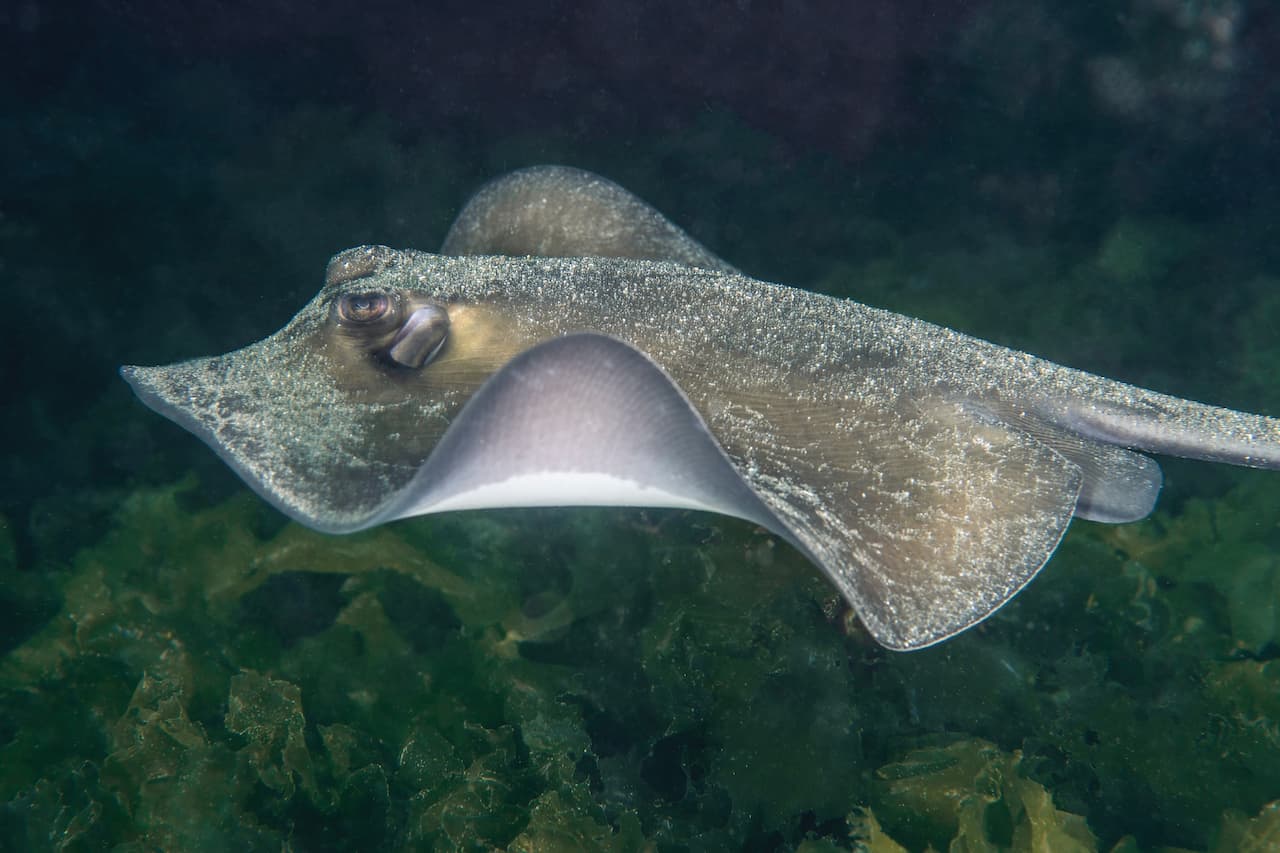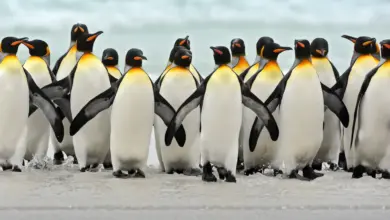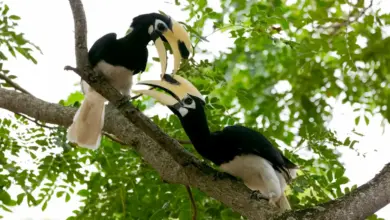A wide variety of fish species can be found in the underwater world. Fish live in all kinds of water bodies around the world. From small ponds to rivers and oceans, fish can be found everywhere.

They are vital to aquatic ecosystems and food webs. What eats fish, though? What eats fish? These are important questions that deserve to be explored.
This article will provide a detailed look at the fish prey and predators. We will look at specific examples of fish eating animals and prey that are targeted by various fish.
Predators of fish
Fish are an important part of many ecosystems, and they provide food to a variety of predators both aquatic and terrestrial.
Fish inhabit a wide range of water bodies from small streams to the open oceans. They interact with many different types of predators during their lifetime. Here are a few of the most common predators that feed on fish:
Birds
Fish is a major food source for many species of birds. Birds that wade in shallow water, such as herons and storks with sharp beaks, are egrets.
Great blue herons use their long necks and legs to stand patiently in shallow water waiting for small fish. Seabirds such as terns and cormorants can dive from the air to catch fish, or they can swim underwater.
Mammals
A number of marine mammal species rely on fish for their main food. Seals, sea-lions and walruses rely on their agility and speed in the water to hunt for fish shoals.
Their sensitive whiskers can detect the flow and smell of water surrounding fish. They are able to follow fish trails using their scent. Orcas and humpback whales use specialized feeding methods to catch and swallow small schools of fish or predatory large fish.
Reptiles
The large marine reptiles such as saltwater crocodiles and alligators can catch fish swimming near shore or at the surface of the water. The reptiles lay with their eyes and snout just above the water, and then strike at lightning speed in order to capture fish that are unaware.
Turtles and snakes are primarily a freshwater species. They do not eat fish as their main food. Snapping turtles ambush fish at times, and water snakes such as the cottonmouth are able to hunt by sensing the movement of fish in the water.
Amphibians
Newts, giant salamanders, and large frogs such as bullfrogs or African sharp-nosed Frogs will eat small fish.
The Hellbender Salamander is equipped with a flat head and jaws that expand to catch small fish on the riverbed.
Other Fish
Another group of predators that consumes other species is the piscivorous fish. Largemouth bass, barracuda and tuna are some examples of fish that hunt in open water.
The barracuda’s razor-sharp, fast teeth allow it to swallow whole prey fish. Catfish that live at the bottom of the sea and stingrays eat fish. Stingrays burrow themselves into the seafloor, and then strike at prey that swims past.
Aquatic Insects
The piercing teeth of giant water bugs are used to ambush small fish and pierce them. They inject digestive enzymes into the fish before sucking up their liquefied remains.
The larvae of these predatory diving beetles attack small fish. Their jaws are like vices and they use their numbers to overwhelm their prey. Dragonfly larvae snag small fish fry in their habitats, which are ponds and rivers. The labium, which is a lethal extendable jaw, can quickly shoot out to ensnare small fish.

Crustaceans
Some large crustaceans like the freshwater crayfish may feed on smaller fish even though fish is not their primary diet. Crayfish use large pincers and their clawed feet to grab and dismember the small fish in their habitat.
Cephalopods
In oceans and on the sea floor, squids, octopuses, and cuttlefish can prey both on small and large fish. They are effective open-water predators because of their flexible bodies, sharp teeth, and the ability to spray ink.
The Humboldt Squid has powerful jaws, tentacles, and suckers lined with teeth and suckers to capture its prey. This includes fish of any size.
What Fish Eat
The diet of fish is influenced by its habitat, feeding behaviour, and morphology. Here is a list of the different dietary preferences for fish.
Plankton
Many small fish species, as well as the juvenile stages of large fish, feed on plankton. This includes phytoplankton and zooplankton. Plankton-feeding groups of fish include herrings and anchovies.
The menhaden fish filter water plankton with their mouths wide open. Baleen whales filter large quantities of planktonic animals for food with their sieve-like plates. Blue whales, for instance, can eat up to four tons of krill per day.
Aquatic Plants
Some fishes, such as grass carp and the tilapia graze on aquatic plants and alga. Fish that eat plants help control excessive vegetation in lakes, ponds and other bodies of water.
The grass carp is a freshwater fish that feeds on vegetation submerged in the water. It can consume up to five times their own weight each day.
Detritus
Catfish and carp, which are bottom-dwelling species of fish, feed on detritus. This is disintegrated organic material that forms a sediment layer at the bottoms of water bodies.
The fish are able to find tiny bits of food by sifting through sand and mud. Common catfish feed primarily on insect larvae and worms. They also eat crustaceans and other detritus that is found at the bottom of warm lakes and rivers.
Insects, insect larvae and Other Insects
In ponds and rivers, aquatic insects larvae such as midges, mayflies and caddisflies thrive. By feeding on mosquito larvae and pupae, mosquitofish can help control the population of mosquitoes.
The larger predatory fish consume aquatic insects that have fallen into the water. Trout in moving streams eat flies and grasshoppers that drift on the surface of the water.

Crustaceans
Many fish, including perch, catfish, and trout that live in both freshwater and marine habitats, consume shrimps, amphipods and isopods. Crustaceans are also a major food source for predatory fish. Smallmouth bass eats crayfish, but also insects, worms and smaller fish.
Mollusks
Many fish crush and feed shelled mollusks such as snails, clams and mussels that live at the bottom of bodies of water.
Catfish, carps, drum fishs, and stingrays are examples. Freshwater drum fish can crush mussels and snails using its thick pharyngeal (throat) teeth.
Worms
Fish that live at the bottom of the ocean eat worms such as ragworms and polychaete worms. Fish eat worms because they are a rich source of protein. Milkfish rely heavily on marine earthworms that it picks up by sucking up mud from the seabed.
Small Fish
Fish like barracuda and pike, which are larger predatory fish, hunt for smaller fish to feed on. Even small fish, such as minnows, can eat the newly hatched fry from other fish species. The Giant Trevally is a fish that chases smaller fish like sardines, anchovies and other species and then slashes their teeth.
Fish And Amphibian Eggs
Many small fish are opportunistic and feed on the eggs laid by other fishes, frogs and toads. They get concentrated nutrition from the eggs, which are rich in protein.
For example, minnows and killifishes will eat the eggs that are clumped together on underwater surfaces.
Conclusion
Fish feed on a wide variety of organisms, from tiny plankton to aquatic insects, fish and plants.
The success of aquatic animals in different environments is due to their unique adaptations.
Conserving aquatic ecosystems requires a thorough understanding of the interactions between fish species and their food webs, as well as their dietary preferences.





